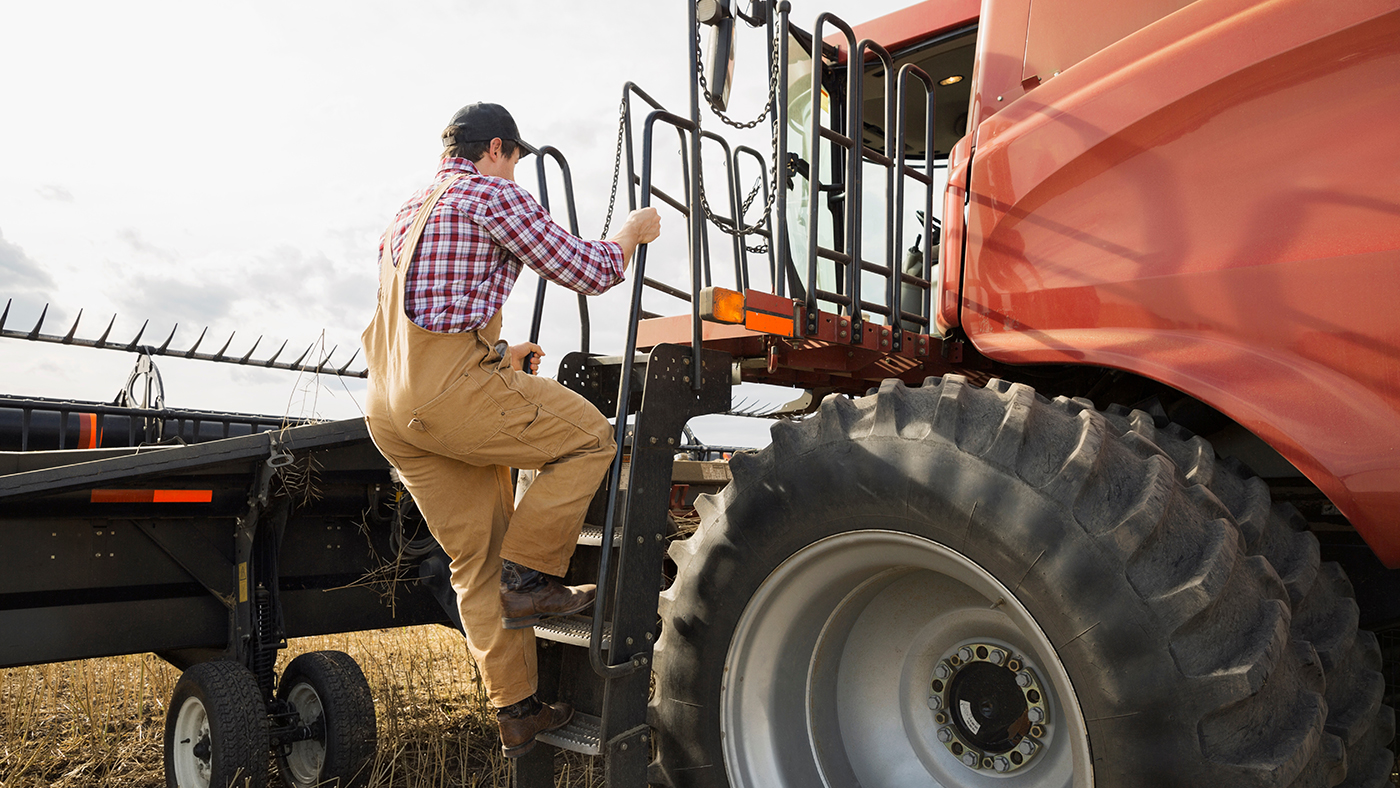Machinery costs on the farm, including repairs, fuel, and oil, have significantly increased by 21 percent over three years, with no expectation of a decrease. Gary Schnitkey, an agricultural economist at the University of Illinois, said this rise in costs, coupled with higher prices for new machinery, poses a challenge for producers.
“We calculate the cost of machinery operation, and particularly combine operation, and we’ve been doing that. If you operated the combine on over 3,600 acres, it would be $40 per acre. So, the machinery cost, 3,600 acres, 60 percent corn, 40 percent soybeans, it was $40 per acre. Just to give you a feel, if you went back to 2017, which isn’t all that long ago, but $40 would be at the same level as a 1,600-acre operation.”
So, operating costs have increased significantly since 2017, making it more important to maximize the number of acres a machine covers. The agricultural economist says farmers can harvest over 3,600 acres with one combine, using a grain cart and semis to keep the process efficient.
“Yes, you can. And we actually do see farmers do that and put many more acres than 3,600 on one combine. Again, when you look at the curves associated with the cost, they just go up and up and up when you run fewer and fewer acres. In our low, low price, high-cost environment, this is one area where you can get savings if you run that machine over more acres.”
To do this, sharing equipment like combines among multiple farmers might be necessary, especially for younger producers facing financial constraints. The average grain farm size in the Illinois Farm Business Farm Management record-keeping system is 1,500 acres, suggesting two average-sized farms could share one combine.


